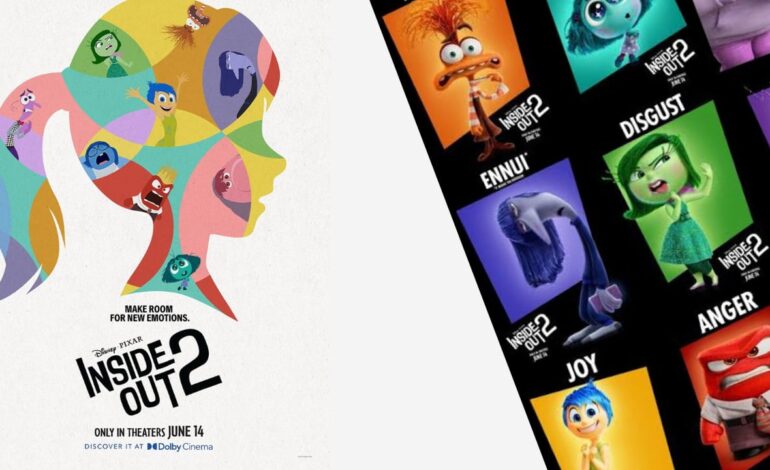
“We have seen that movie before – and we all know that the sequel is usually worse.”
This recent comment on sequel movies was from an unlikely source, one that does not have any direct connection to the process of movie making or the film industry. That was from Barack Obama, former President of the United States of America. And indeed, he had used the concept of sequel movies metaphorically. Not to speak about any specific or real movie but to refer to his political opponent, the former President and the Republican candidate in the current US Presidential race, Donald Trump. Obama’s point was that the Americans had seen one tenure of Trump earlier, that was bad and the people would not want to see a “sequel” of that tenure.
Beyond Obama’s metaphorical “employment” of the idea of failing sequel movies, there are occasions when movie watchers have seen actual sequels of movies bombing badly. The recent Indian-2, a sequel to Kamal Haasan’s runaway hit of 1996 is a case in point. The sequel failed to succeed in the eyes of critics as well as the lay audience. But we are going to look at a successful sequel here; “Inside Out 2“, the animated movie that got good reviews from the critics and the common movie watchers.
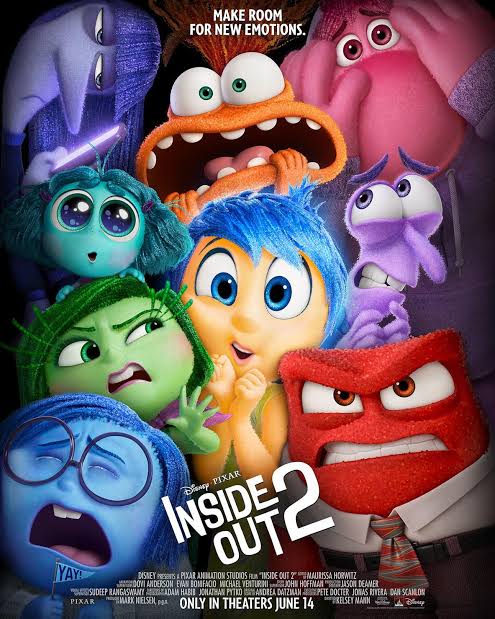
“Inside Out 2” is a heartwarming animated adventure that delves into the emotional rollercoaster of a teenage girl’s life. The sequel picks up with our ever-optimistic Joy (Amy Poehler), who believes she has perfected the console for managing Riley Andersen’s emotions. Joy, alongside the usual crew, Sadness (Phyllis Smith), Anger (Lewis Black), Fear (Tony Hale), and Disgust (Liza Lapira) works tirelessly at Headquarters, transporting bad memories to the back of Riley’s mind and strengthening her core beliefs by planting good ones. The result? Riley, now 13, is a smart, loving person with a tight-knit group of friends and a strong sense of self, with which she often reassures herself with the mantra, “I am a good person.”
The film takes us on a vibrant journey as Riley faces the universal challenges of growing up, fitting in, and dealing with new emotions. As Riley enters adolescence, the seemingly perfect system Joy had built starts to show cracks, especially when puberty arrives with all its unpredictability. This late-night alarm introduces a new set of emotions: the silent and moody Embarrassment (Paul Walter Hauser), the French Ennui (Adèle Exarchopoulos), the needy Envy (Ayo Edebiri), and the ambitious Anxiety (Maya Hawke). Unlike Fear, who guards against immediate dangers, Anxiety is portrayed as a constant, pervasive presence, worrying about future uncertainties and what-ifs. This portrayal is a strikingly accurate representation of how anxiety operates in real life, often lurking in the background, quietly influencing our decisions and reactions.
The original Inside Out explored the diverse personalities of Riley’s emotions, with a primary focus on the relationship between Joy and Sadness as they navigated their way back to Headquarters. While characters like Anger, Disgust, and Fear provided comic relief, they weren’t deeply explored. However, Inside Out 2 shifts the spotlight to these supporting emotions, giving them more prominence in the story. Anger, Fear, and Disgust now play key roles in the adventure, allowing for more character development. Anger, in particular, steps up by supporting Joy when she starts to doubt herself. The sequel also introduces new concepts such as Riley’s “belief tree,” which encapsulates her core self-perceptions.
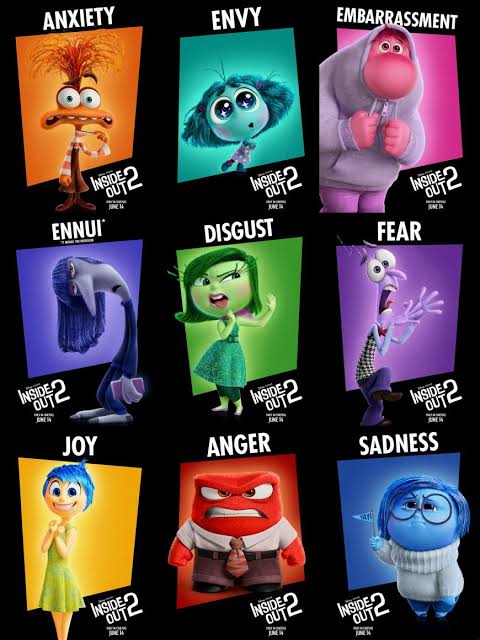
This addition enriches the Inside Out world, offering a deeper understanding of Riley’s mind. Furthermore, elements like the “Vault of Secrets” and the “Back of the Mind” provide intriguing new layers to the narrative. When Riley learns that her best friends will be attending a different high school next year, Anxiety takes charge, hoping to reshape Riley into someone who will impress her hero, Val Ortiz, a star hockey player at a prestigious camp.
In the process, Anxiety exiles Joy and the old emotions, throwing Riley’s current sense of self to the back of her mind. It’s up to Joy and the others to restore balance before Anxiety completely takes over.
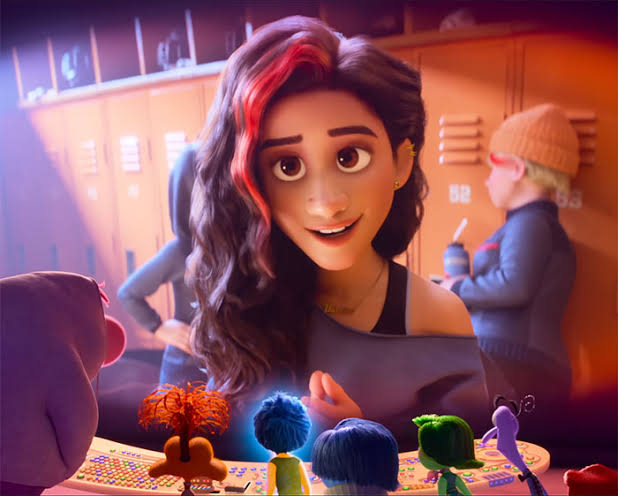
Kelsey Mann’s direction stays true to the original “Inside Out” formula, delivering a straightforward yet touching story about the clash between Joy and Anxiety. As Riley becomes consumed with gaining Val’s approval and dominating the competition, she loses sight of her true self, merely reflecting Val instead of embracing her individuality.
This journey through Riley’s mind offers an attention-grabbing visual experience, filled with bursts of colour and whimsical scenes that are both gentle and fun. The film skilfully captures the pressure of being a teenage girl trying to conform to the lofty standards set by her peers.
The film captures the essence of anxiety’s dual nature—both as a protector and a saboteur. Anxiety is shown as being vigilant, always scanning for potential threats, which can be helpful in some situations. However, the movie also highlights how Anxiety can spiral out of control, overwhelming the other emotions and leading to physical manifestations such as a racing heart, sweaty palms, and shortness of breath. These scenes are powerful, showing the audience that anxiety is not just a mental state but a full-body experience.
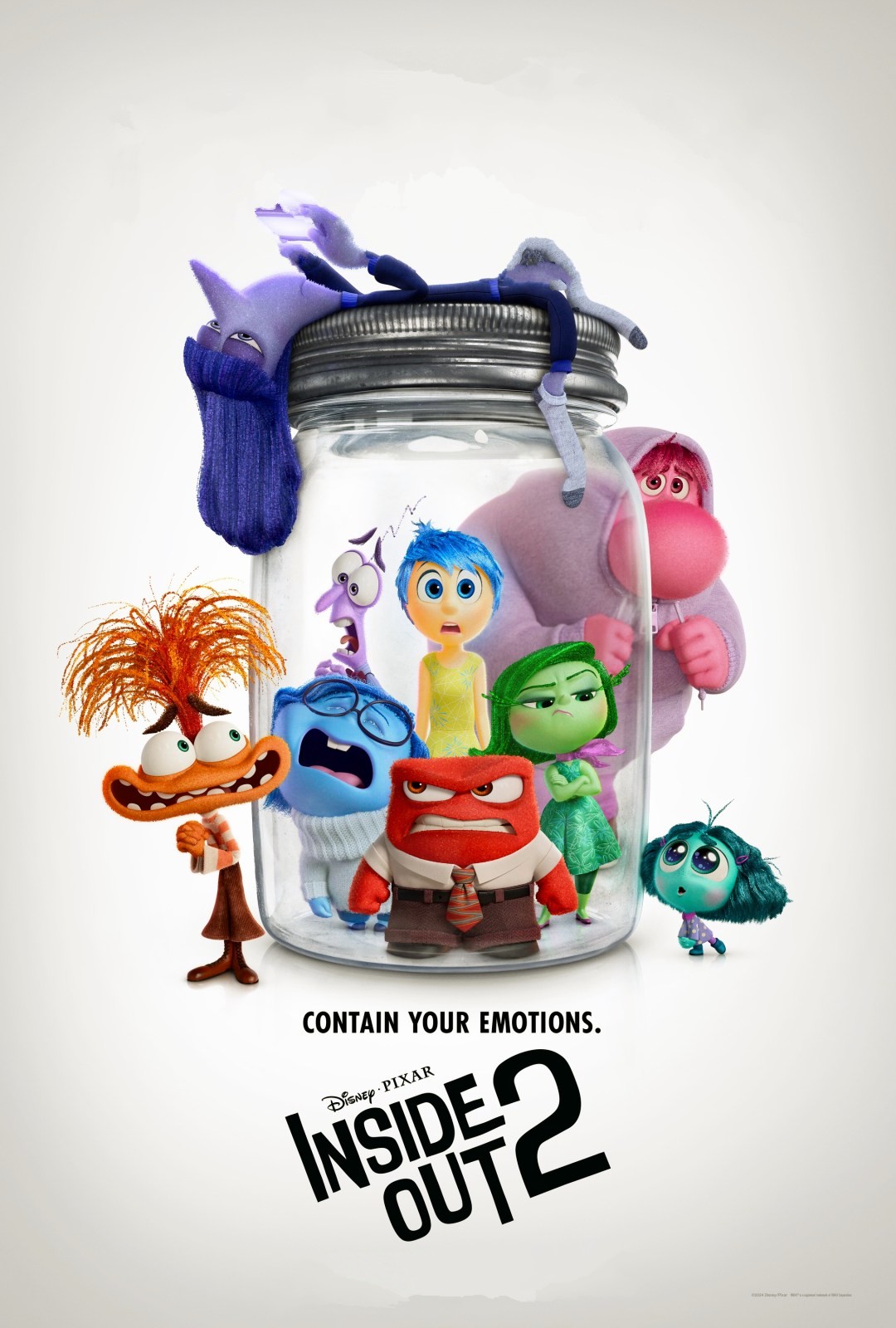
Towards the end of the movie, Anxiety’s fixation on turning Riley into the perfect version of herself reaches a breaking point, leading to an anxiety attack. Although the film doesn’t directly label it as such, the visual portrayal of this moment is powerful. Anxiety frantically moves around the control panel, a blur of orange that embodies sheer panic, while Riley, on the outside, struggles with hyperventilation and tries to regain control.
This intense depiction of emotional chaos is both unsettling and mesmerising, leaving a strong impact on the audience. The story finds resolution as Joy shows compassion towards Anxiety, and Riley embraces her true, authentic self, easing the tension and delivering a satisfying, realistic conclusion.
In its literal sense, anxiety is an adaptive response that has helped humans stay alert to potential threats. The film illustrates this by depicting Anxiety as a hyper-vigilant character, always on the lookout for potential dangers—real or imagined. This constant state of alertness is crucial for understanding how anxiety operates in our daily lives. It is not just an emotion but a complex interplay of psychological and physiological processes.
The science behind this response is rooted in the activation of the amygdala, the brain’s fear centre, which sends distress signals to the hypothalamus. This, in turn, activates the autonomic nervous system, specifically the sympathetic nervous system, which floods the body with stress hormones like adrenaline and cortisol. These hormones increase heart rate, elevate blood pressure, and redirect blood flow to essential muscles, preparing the body for quick action.
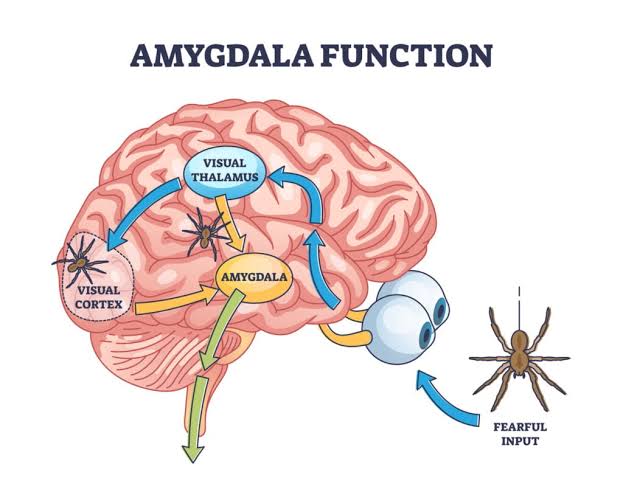
Inside Out 2 is packed with clever humour, like a nightmare fueled “Blue’s Clues” inspired character named ‘backpack’ which has things that could make and break situations, a scene in Imagination Land reminiscent of ‘Nineteen Eighty-Four’ and the hilariously named Mount Crushmore, which has characters named after all of Riley’s crushes. Unfortunately, none of the new characters reach the emotional depth of Bing Bong, the unforgettable imaginary friend from the first film.
Although Inside Out 2 doesn’t delve into deeper emotional themes like first love or teenage crushes, it offers a meaningful exploration of emotions through the experiences of a teenager confronting her inner struggles. The story, which unfolds over a three-day period, is more contained but remains captivating.
The original Inside Out emphasised the realisation that two seemingly opposite emotions, like Joy and Sadness, can coexist. It also delivered some of the most heartbreaking moments, such as Joy’s tears and Bing Bong’s selfless sacrifice. Inside Out 2 takes this further, building to an emotional climax as Anxiety and Joy both come to understand that they cannot control who Riley becomes. This powerful message encourages viewers to reflect on their own lives.
In Inside Out 2, Joy initially tries to keep Riley’s worst decisions and behaviours hidden, protecting her belief system and self-identity. However, the film ultimately teaches that true emotional balance comes from accepting all parts of oneself—the good, the bad, and the difficult.
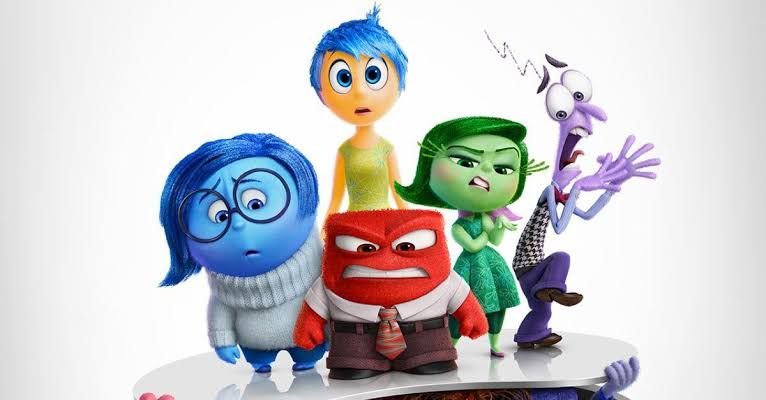
In the end, Inside Out 2 is an emotional journey that resonates with both children and adults. While Riley’s internal conflict may be triggered by puberty, it represents a struggle that continues throughout life. With its vivid portrayal of the challenges of growing up, Inside Out 2 proves to be a worthy sequel, offering both entertainment and warmth.
The film is a masterful exploration of how the human mind and heart work together, capturing the abstract and often inexplicable sensations we call emotions. It provides a profound explanation of how we evolve as individuals, why we lose touch with our childhood selves as we age, and how mental health struggles can feel overwhelming.
Official Trailer for Inside Out 2:


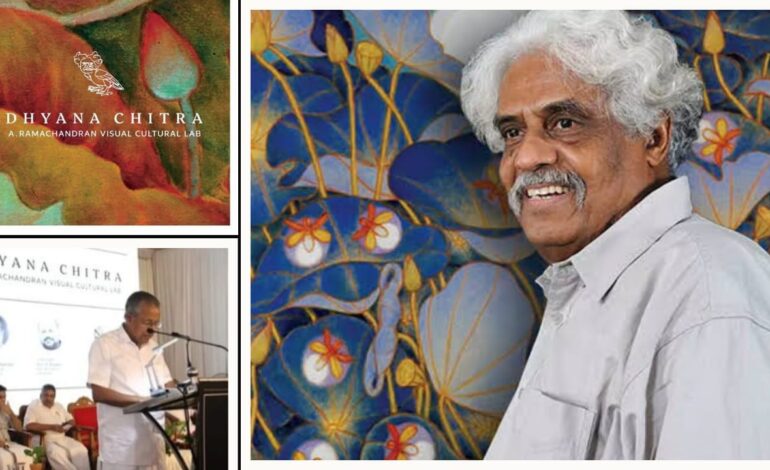




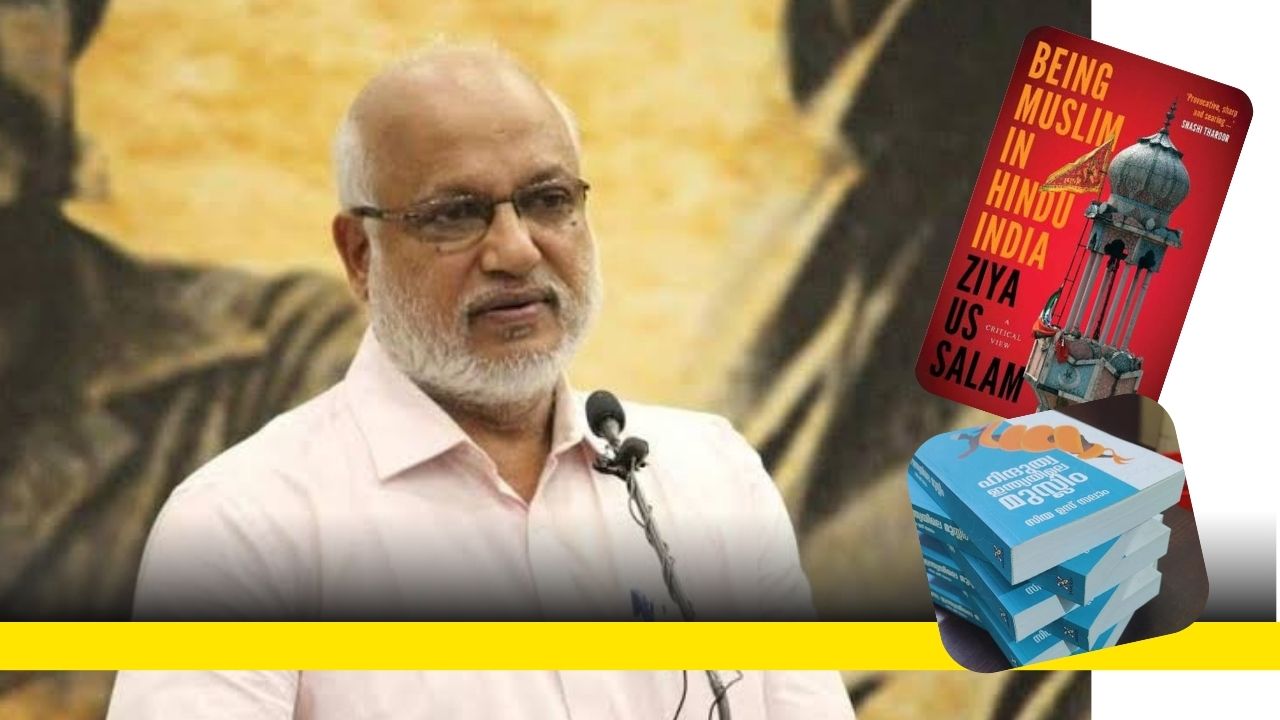




Glad to see topics relating to younger generation’s tastes in Aidem . Welcome change . Let this flow and let more and more of this genre find space here